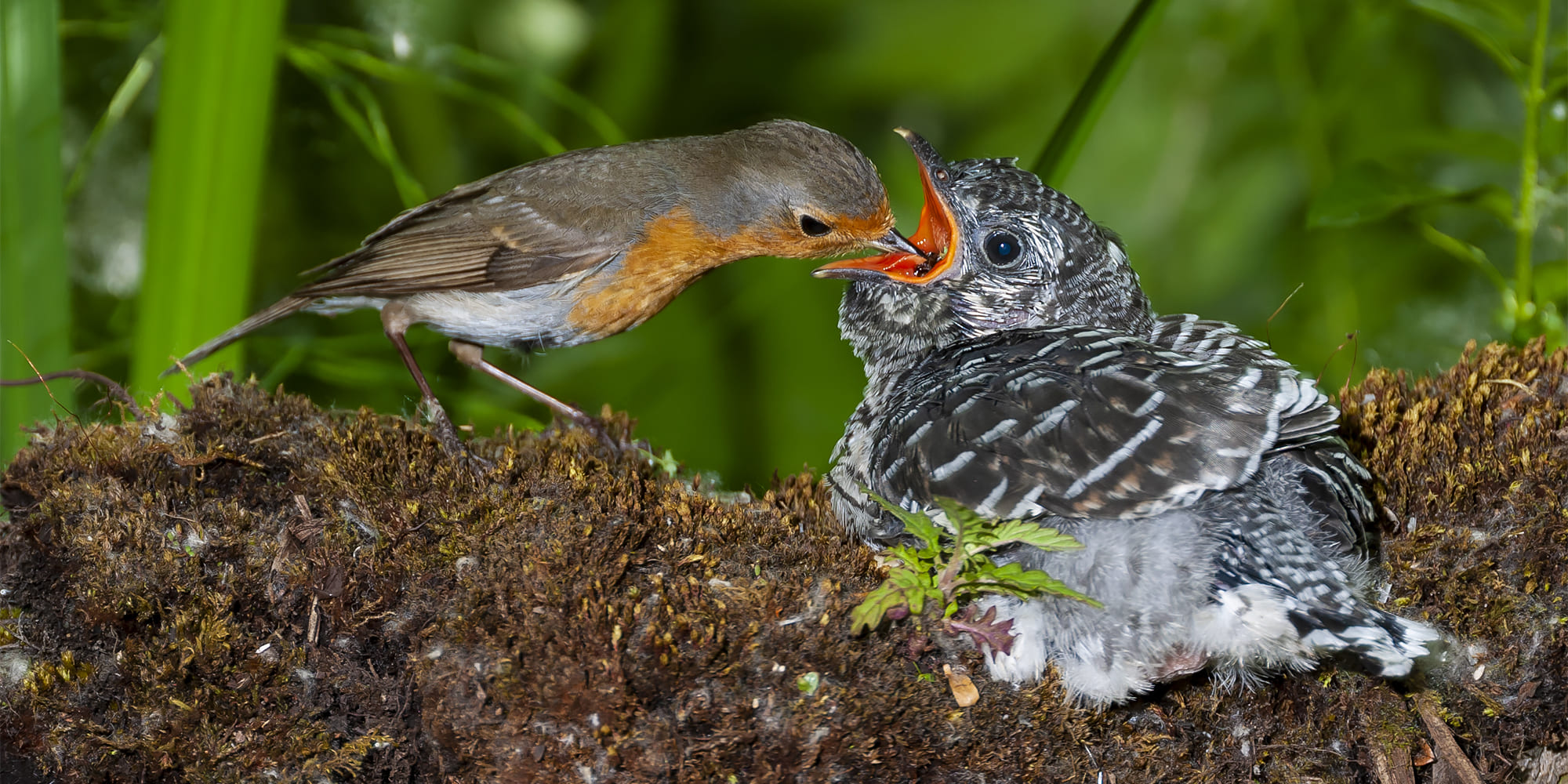
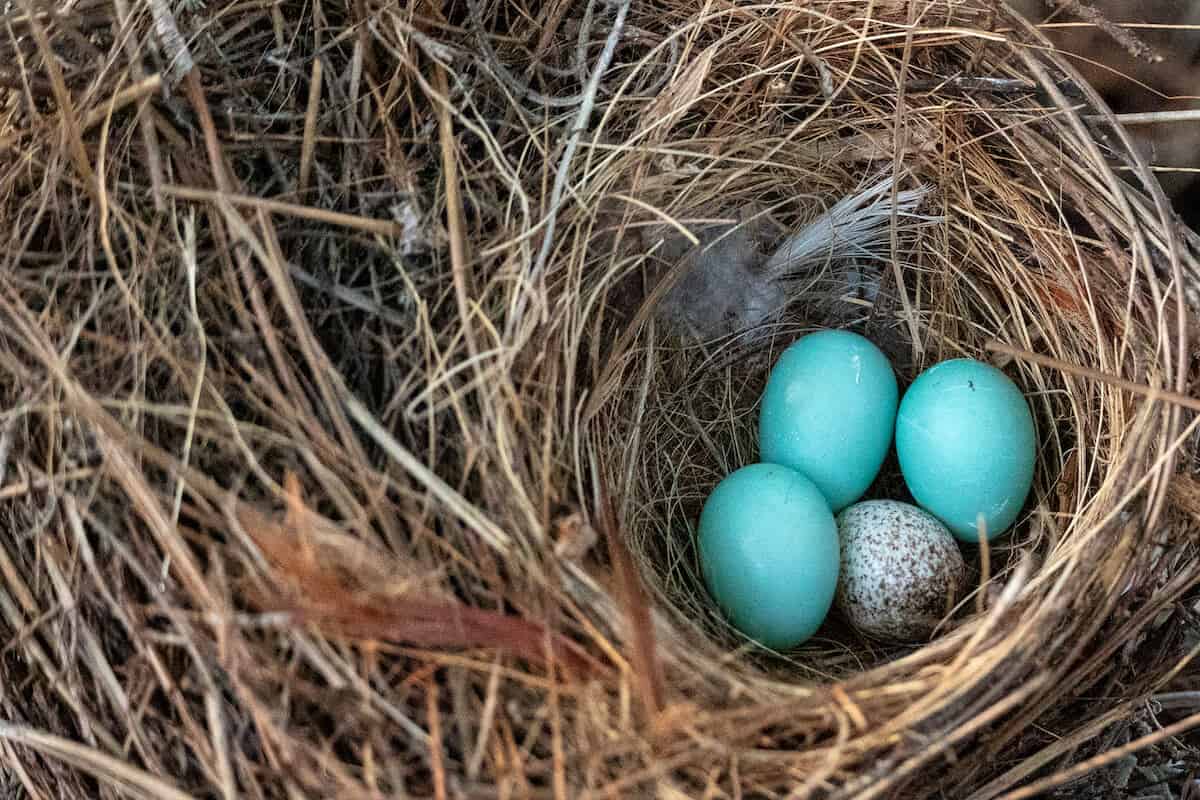
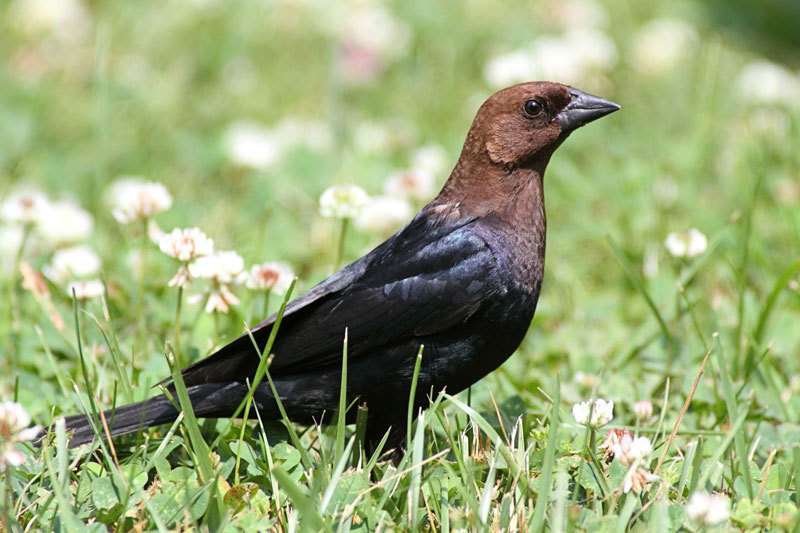
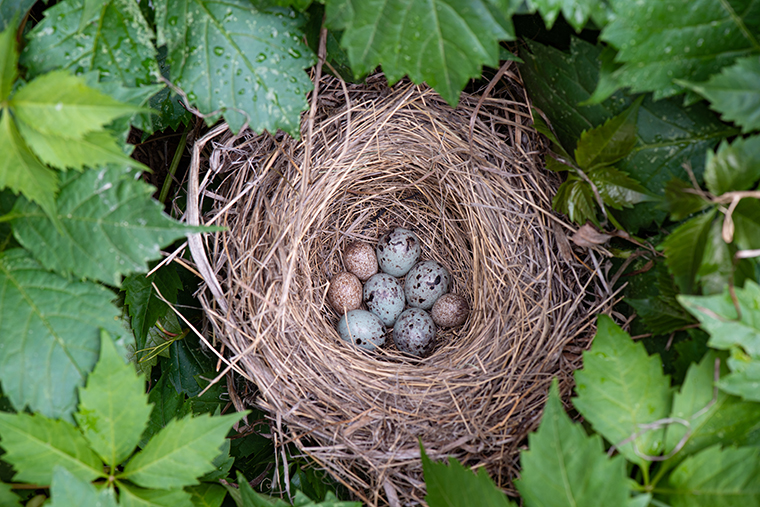
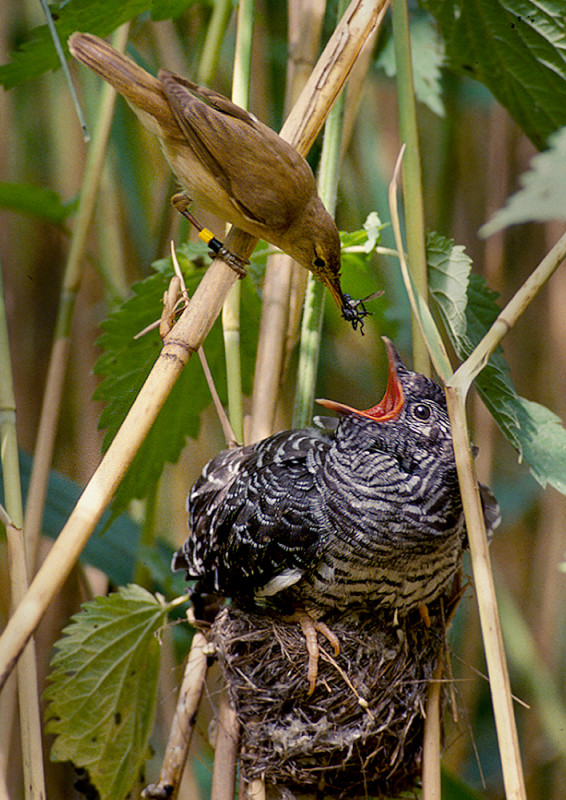
The natural world is filled with remarkable adaptations, and avian brood parasitism stands as a fascinating example. In this strategy, certain bird species, known as brood parasites, lay their eggs in the nests of other birds, leaving the unsuspecting hosts to raise their young. This cunning reproductive tactic has sparked scientific curiosity for centuries, revealing a complex evolutionary arms race between parasites and their hosts.
Examples of Brood Parasitic Bird Species
Not all birds partake in this deceptive behavior. Brood parasites belong to diverse bird families, with some of the most well-known examples including cuckoos, honeyguides, and indigobirds. The common cuckoo (Cuculus canorus) of Europe and Asia is perhaps the most iconic brood parasite, notorious for its uncanny ability to mimic the calls of its host species. In the Americas, the brown-headed cowbird (Molothrus ater) has become a major ecological concern, parasitizing the nests of over 220 different bird species. These examples showcase the diverse range of birds that have adopted this unique reproductive strategy.
Evolutionary Adaptations
Brood parasitism didn’t arise overnight. Millions of years of evolution have shaped the behavior and physiology of parasitic birds to maximize their reproductive success. Scientists believe this strategy originated multiple times in different bird lineages, highlighting its effectiveness. Parasitic birds exhibit a suite of adaptations, from laying eggs that mimic the host’s eggs in size and color to possessing specialized beak structures designed to remove host eggs from the nest.
Laying Eggs in Host Nests
The core of brood parasitism involves the parasite laying its eggs in the nest of another bird species, known as the host. This seemingly simple act requires precise timing and cunning. Parasitic birds often target nests during the host’s egg-laying period, allowing them to slip in their own eggs unnoticed. Some species, like the honeyguide, even engage in elaborate behaviors to gain access to nests, leading unsuspecting hosts to potential food sources that are actually near the honeyguide’s own eggs.
Egg Mimicry and Camouflage
To further increase their chances of acceptance, some parasitic birds lay eggs that closely resemble those of their hosts in color, pattern, and size. This remarkable adaptation, known as egg mimicry, helps fool the host into accepting the parasitic egg as its own. Additionally, some parasitic chicks possess adaptations that make them resemble host chicks after hatching, further minimizing the chances of detection by the foster parent.
Host Recognition and Acceptance of Parasitic Eggs
Despite the cunning adaptations of parasites, host birds are not simply passive victims. Many species have evolved the ability to recognize and reject parasitic eggs. Some hosts can differentiate between their own eggs and those of the parasite based on subtle differences in color or size. Others rely on behavioral cues, like observing the parasite laying its egg in the nest. This ongoing coevolutionary arms race pushes both parasites and hosts to constantly refine their strategies for success.
Examples of Brood Parasitic Birds
To delve deeper into this fascinating phenomenon, let’s explore specific examples. The common cuckoo is a master of disguise, laying eggs that mimic the color and pattern of its host’s eggs. The brown-headed cowbird, on the other hand, often removes a host egg before laying its own, potentially manipulating the host’s clutch size to increase the chances of its egg being accepted. These variations showcase the diverse strategies employed by different parasitic birds.
Effects on Host Species
The consequences of brood parasitism for host birds can be significant. Parasitic chicks are often larger and more demanding than host chicks, outcompeting them for food and resources. This can lead to reduced growth, starvation, and even death for the host offspring. Additionally, the presence of a parasitic chick can disrupt the host’s breeding cycle, hindering their ability to raise their own young.
Anti-Parasitic Defenses
Host birds are not without defenses. Some species have evolved remarkable strategies to combat brood parasitism. Certain birds, like the American coot, have developed the ability to recognize and eject parasitic eggs from their nests. Others, like the magpie, build complex domed nests with only a small entrance hole, making it difficult for parasites to access the clutch. This coevolutionary arms race continues to shape the behavior and adaptations of both parasitic birds and their hosts.
Threats to Brood Parasitic Species
While brood parasitic birds have evolved remarkable adaptations, they too face threats. Habitat loss and fragmentation can disrupt their nesting success and limit their access to suitable host species. Additionally, conservation efforts focused on protecting host bird populations can inadvertently impact parasitic birds. Balancing the needs of both parties is a crucial challenge in avian conservation.
Ethical and Ecological Perspectives
Brood parasitism raises interesting ethical and ecological questions. Some view it as a cruel act disrupting the natural order, while others recognize it as a fascinating evolutionary strategy. From an ecological perspective, brood parasitism plays a complex role in avian communities. While it can negatively impact individual host species, it can also contribute to biodiversity by promoting niche specialization and competition. Understanding the ecological implications of brood parasitism is crucial for managing bird populations and maintaining healthy ecosystems.
Studying avian brood parasitism requires dedicated research efforts. However, citizen science initiatives offer a valuable way for anyone with an interest in birds to contribute to our understanding of this fascinating phenomenon. Here’s how you can get involved:
- Nest Monitoring: Become a nest watcher! Many organizations organize nest monitoring programs where volunteers can monitor bird nests and report observations, including potential parasitism events. This data can be crucial for tracking parasite activity and host bird nesting success.
- Photography: Capturing high-quality photographs of bird nests, eggs, and chicks allows researchers to remotely identify parasitic eggs based on size, color, and patterns. This can be particularly helpful in areas where direct nest monitoring is difficult.
- Bird Song Identification: Learning to identify bird songs empowers you to report unusual vocalizations near nests. Some parasitic birds mimic their host’s calls, and identifying non-native songs can alert researchers to potential parasitism attempts.
Backyard Birdwatching: Even in your own backyard, you can play a role. Keeping a bird feeder stocked and observing the birds that visit can reveal potential host-parasite interactions. Observing unusual feeding behavior or the presence of a chick that doesn’t seem to match the parent birds can provide valuable clues for researchers.
Educating Others: Sharing your knowledge about avian brood parasitism with friends, family, and neighbors can raise awareness about this phenomenon and encourage responsible birdwatching practices. By educating others, you can help foster a community that values and protects bird populations.
Conclusion
Avian brood parasitism is a remarkable testament to the ingenuity and adaptability of the natural world. This complex evolutionary arms race between parasites and their hosts continues to reveal new facets of avian behavior and ecology. As we continue to research this phenomenon, we gain a deeper appreciation for the intricate web of life that sustains our planet. The future of brood parasitism research lies in exploring the impacts of human activities on these bird populations, developing conservation strategies that consider both hosts and parasites, and unraveling the fascinating evolutionary history of this unique reproductive strategy.


